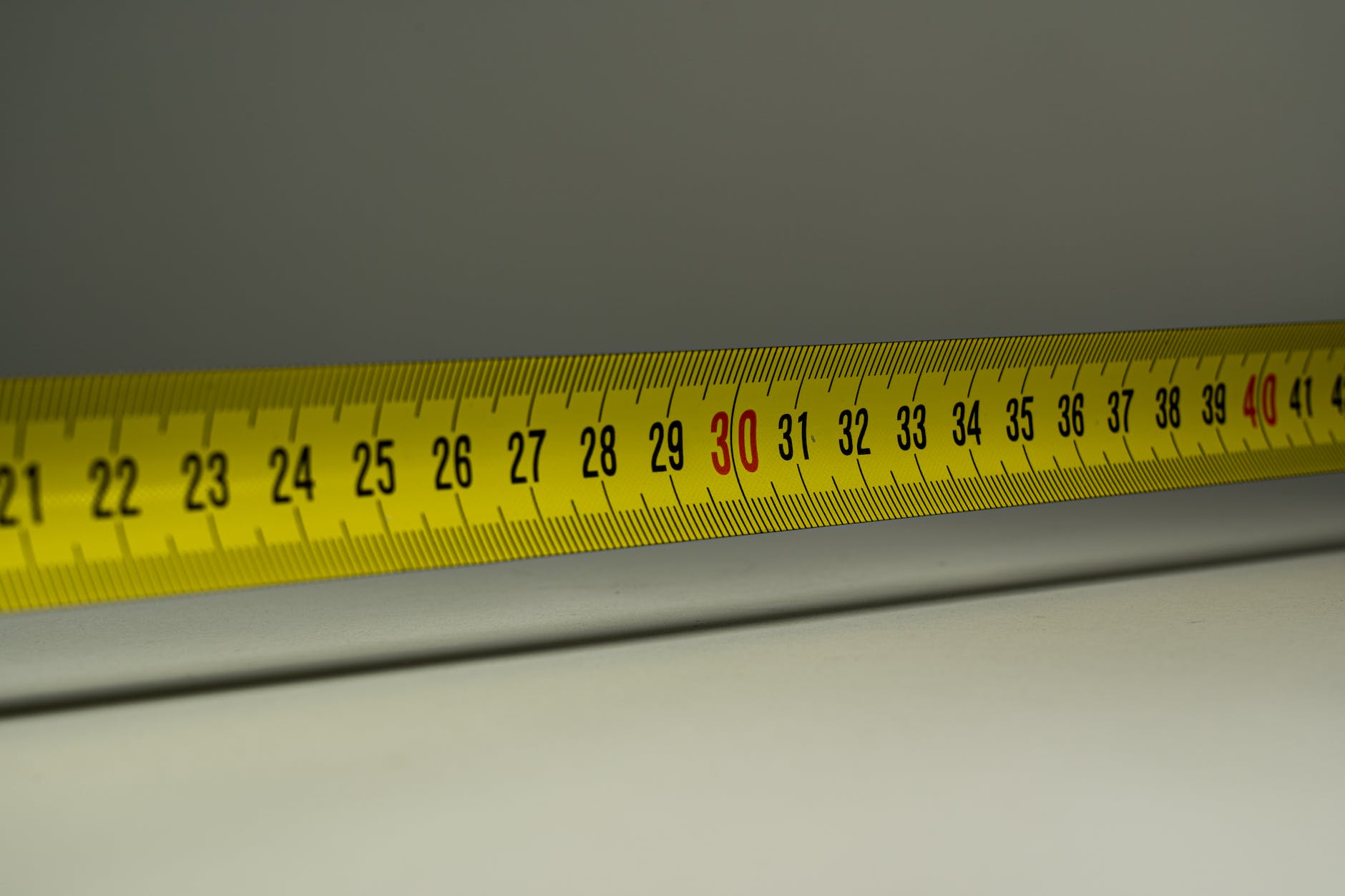
Measure Distance
Join us on an enlightening journey through the world of mathematics and physics, where we simplify the concepts of distance and speed. This article is designed to make these fundamental ideas accessible to a wide audience, from curious minds to professionals in various sectors. Discover the practicality and significance of measuring distance and speed, and how these calculations play a pivotal role in our understanding of the world.
In the realms of mathematics, physics, and everyday life, the concepts of distance and speed are not just abstract notions but practical tools that enable us to understand and navigate the world around us. This article aims to demystify these fundamental concepts, breaking them down into simple, understandable steps. We’ll explore how to calculate the distance between two points and then use this knowledge to determine speed, a key aspect in various fields ranging from transportation to sports.
Unraveling the Distance Formula
The distance formula is a beautiful example of how simple mathematical principles can be applied to solve real-world problems. It’s based on the Cartesian coordinate system, where two perpendicular lines (axes) intersect at a point called the origin. This system allows us to pinpoint the location of any point in a two-dimensional space using a pair of coordinates (x, y). To find the distance between two points, such as (x1, y1) and (x2, y2), we follow these steps:
- Coordinate Subtraction: Calculate the difference between the x-coordinates and y-coordinates of the two points.
- Squaring the Differences: Square each of these differences to eliminate negative values.
- Summing the Squares: Add these squared numbers together.
- Square Root of the Sum: The distance is the square root of this sum, a direct application of the Pythagorean theorem.
For an efficient and user-friendly way to calculate this, the distance formula calculator is an invaluable tool.
Real-World Applications of the Distance Formula
The distance formula is not just a theoretical concept but has practical applications in various fields:
- Geography and Cartography: It’s used in mapping and determining the shortest path between two locations.
- Astronomy: Astronomers rely on it to measure the distances between stars and planets.
- Urban Planning and Construction: It plays a crucial role in planning city layouts and constructing buildings.
- Computer Graphics and Gaming: It’s essential in creating realistic 3D models and virtual environments.
Speed Calculation: Bridging Distance and Time
Understanding how to calculate speed is a natural progression from measuring distance. Speed is essentially how fast an object moves over a distance. The formula for calculating speed is straightforward: Speed = Distance / Time. This calculation is fundamental in various aspects of life and science.
Exploring Different Types of Speed:
- Average Speed: This is calculated by dividing the total distance traveled by the total time taken. It gives a general idea of an object’s speed over a journey.
- Instantaneous Speed: This measures the speed of an object at a specific moment, like the reading on a car’s speedometer.
Conclusion
The calculation of distance and speed is a testament to the power and simplicity of basic mathematical principles. These concepts, deeply ingrained in our daily lives, allow us to measure, understand, and interact with the world more effectively. From guiding ships across oceans to enabling athletes to measure their performance, the applications of these calculations are as diverse as they are essential.






